Trichomes give the cannabis plant their frosted look. Not only do they provide the plant protection from wild animals, strong winds, and fungus, but they also aid in the plant’s potency by producing cannabinoids, terpenes, and flavonoids.
There are three types of trichomes-bulbous, capitate sessile, and capitate-stalked. Further, they also indicate to the farmer when the plant has ripened to a level to be harvested.
Trichomes, for the uninitiated, are the part of the cannabis plant that gives it its frosted look. They play an important part in giving cannabis its appearance and aroma, while also producing the chemical compounds that affect the human body.
Beyond their production of cannabinoids, terpenes, and flavonoids that provide cannabis its potency, trichomes also serve as a layer of protection for the plant. They have a bitter taste and give off a strong smell that makes them unappealing and unappetizing for most wild animals. Even further, they act as a shield against strong winds, as well as some forms of fungus.
Three types of trichomes are most found on a cannabis plant:
As the cannabis plant begins to bloom, trichomes begin their synthesis of cannabinoids. Plants that receive a broad spectrum of light will generally produce higher concentrations of cannabinoids, regardless of the concentration of trichomes, but the plants’ genetics also play a role in the concentration and production of cannabinoids.
As the plant continues to mature, so do its trichomes. Beyond its role as a defensive shield, trichomes also indicate to farmers when a planet has ripened and should be harvested. Trichomes play an extremely important role in the life of the cannabis plant. Without them, cannabis would lose its potency and protection, as well as its communication to the outside world that the plant is ready to be harvested.

Top-rated CBD Products of 2024 Best CBD Oils Best CBD Gummies Best CBD Creams Best CBD Capsules User Experiences with CBD Testimonials from CBD Users...
Read More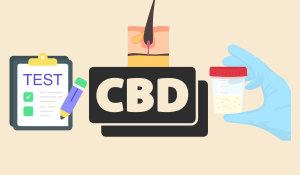
How CBD Interacts with the Body CBD Metabolism:CBD is metabolized by the liver, breaking down into metabolites that may stay in your system for days,...
Read More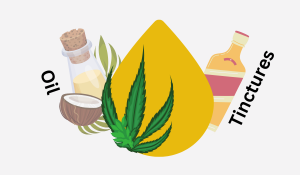
What is CBD Oil? Definition and Composition of CBD Oil Cannabidiol (CBD) oil is derived from the Cannabis Sativa plant, formulated to harness its therapeutic...
Read More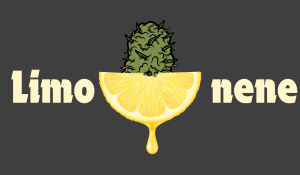
What is Limonene? Limonene is a naturally occurring aromatic compound that belongs to the family of terpenes. Terpenes are organic compounds produced by a variety...
Read More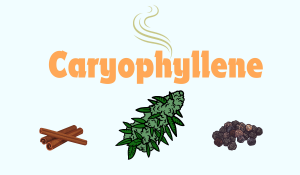
What Does the Terpene Caryophyllene Do? Caryophyllene, a unique sesquiterpene found in various plants including cannabis, black pepper, and cloves, stands out for its ability...
Read More
Presence in Cannabis and Other Plants Terpenes are abundantly present in cannabis, alongside other plants like mint, lemon, and pine. In cannabis, terpenes enrich the...
Read More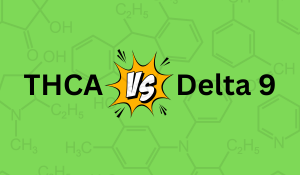
The cannabis plant contains over 100 different cannabinoids, each with its unique properties and effects. Among these, THCA and Delta 9 THC stand out due...
Read More
THCA vs THC: A Molecular Comparison At first glance, THCA and THC might seem like twins. But look closer, and you’ll see they’re more like...
Read More
Huntington’s Disease is a neurodegenerative disorder with no known cure. Patients with HD may suffer rapid decline in their cognitive and motor function, but most...
Read More
What is an antioxidant? What is oxidative stress? How can CBD help fight this condition? Smart CBD Hub explores the answers to these questions and...
Read More